How have American military rations evolved in the last century
- By We Are the Mighty
Share This Article
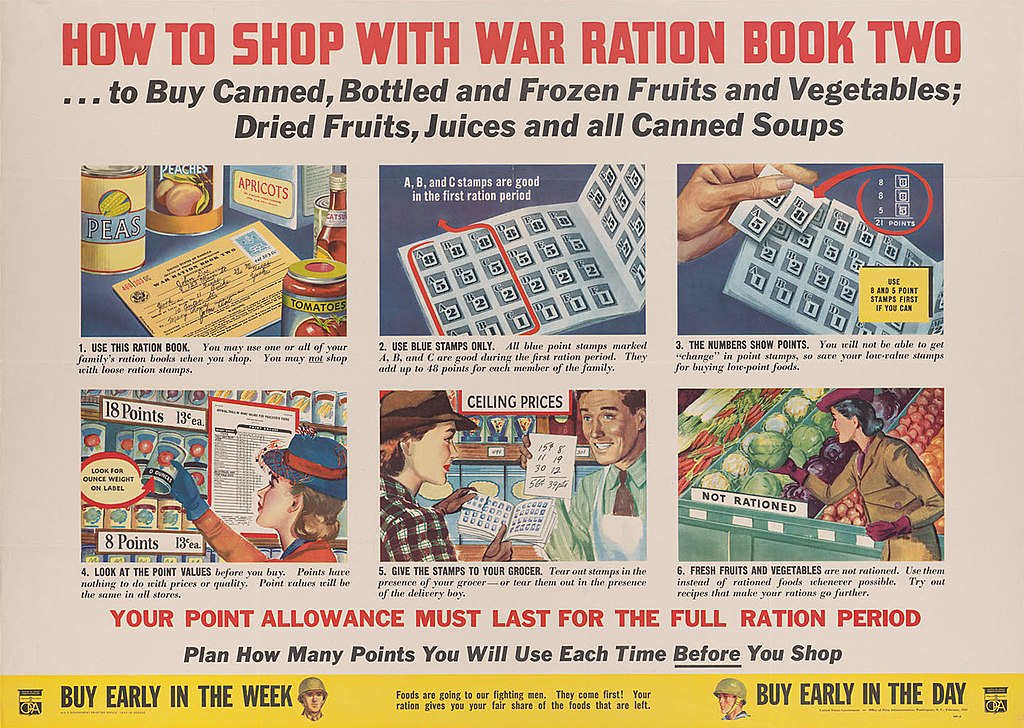
Feeding soldiers has been part of the U.S. military’s strategy for hundreds of years. After all, efficient soldiers need nourishment. As technology advances, the process has become easier and more stable, providing healthier, fresher choices. But that doesn’t mean there weren’t bumps along the way – including the invention and evolution of the Meal, Ready-to-Eat, better known as the MRE.
Reserve Ration
Starting with World War I, soldiers were fed via Reserve Ration. These were consumed by infantrymen, also known as Doughboys, and consisted of more than 3,000 calories a pop. They included meat, bread, coffee, and even sugar. The emergency meals were kept on hand when regular meal rations weren’t able to be delivered, allowing soldiers to be fed for multiple days. However, there was a constant struggle to keep the food fresh and safe from pests. The cost was also astronomical, at more than $.26 a day per soldier – in today’s dollars, this equates to $17 billion in total for all soldiers for the duration of America’s participation in the war.
C Rations
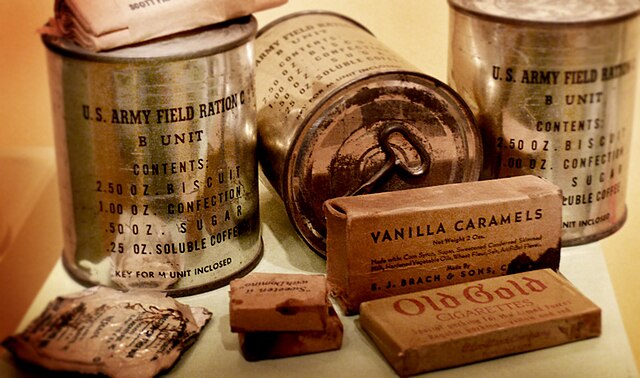
By 1938, Uncle Sam had moved on to C Rations, for “carry rations,” but were more commonly called C-Rats. The goal was to include foods that were both tastier than its predecessors, and that could last longer.
C-rations were 12-ounce cans that had to be opened with a key, which meant heavy packaging for soldiers who were on foot. However, they did offer more calories, at 3,700 per day in total when three were consumed per day.
They included mostly corned beef and bacon, hardtack, coffee, with a bonus of salt, tobacco and rolling paper. Soups, spaghetti, eggs and potatoes were also options; the main complaint (even over weight) was the lack of variety.
Meal, Combat Individual Ration
In 1958, yet another way to feed troops was introduced. This time around, the Army wanted to offer meals that were nutritionally balanced, not just filling. It also included more variety in foods, offering 12 menu choices per box, which provided variety and the ability to trade. Every MCI held canned meat, canned fruit, bread or dessert, an extra of some kind, and an accessory packet that offered cigarettes, matches, gum, toilet paper, coffee with cream and sugar, plus salt.
Each meal offered a minimum of 1,200 calories. However, these meals still came with the need for a can opener and were heavy to tote around.
Related: This is how tabasco sauce made it in MREs
Meal, Ready-to-Eat, MRE
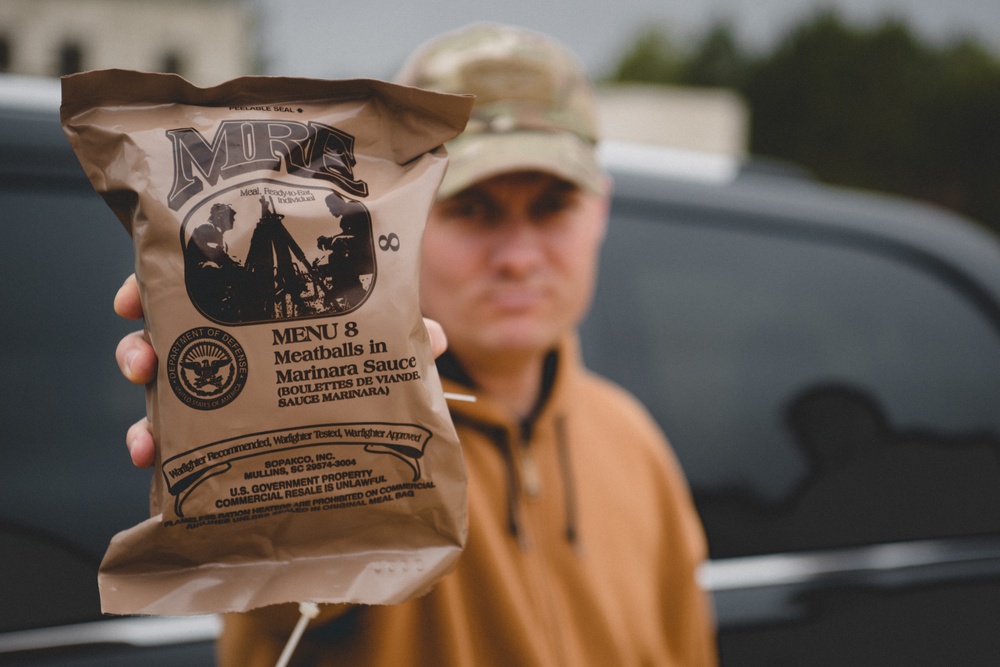
Enter the MRE, which was started in research in 1963 and then introduced to soldiers by 1975. The goals were to provide more options that soldiers are more likely to consume in full, as well as to cater to various locations and types of missions. New types of technology were also used in preserving foods, such as freeze drying, dehydration, and non-metal packaging, which was much lighter to carry. The foods could also last much longer due to their updated preservation techniques.
MREs include a main dish, side dish, dessert, crackers or bread, a spread of some kind, a powered drink, and an accessory pack with gum, matches, toilet paper, a moist towelette, coffee, and a pack of seasonings, including salt, pepper, sugar, creamer, and Tabasco sauce.
Changes were made to menus in 1981 and a new way to heat the food was introduced at the time. 1996 began the start of vegetarian options. As of 1998, there have been a rotating mix of 24 entree options. Religious options and additional eating restrictions have also been included in recent MRE upgrades and remain to this day.
Feature Image: “Foods are going to our fighting men. They come first!” Instructions for civilians on how to use a war ration book during WWII. (Creative Commons)
This article by Bethaney Phillips was originally published by We Are The Mighty.
Read more from Sandboxx News
- British F-35s faced off against their American counterparts in rare showdown
- Watchdog reveals F-35’s readiness rates – and they’re not looking good
- How a Delta Force operator celebrated New Year’s in Bosnia
- Ukraine is much better at combined arms operations than Russia
- Former Navy SEAL and pioneer combat medicine physician awarded Presidential Citizen’s Medal
Related Posts
Sandboxx News Merch
-

‘AirPower’ Classic Hoodie
$46.00 – $48.00 Select options This product has multiple variants. The options may be chosen on the product page -

‘Sandboxx News’ Trucker Cap
$27.00 Select options This product has multiple variants. The options may be chosen on the product page -

‘Kinetic Diplomacy’ Bumper Sticker (White)
$8.00 Add to cart
We Are the Mighty
Related to: Military History, Pop Culture

New Navy video imagines high-tech warfare in 2043
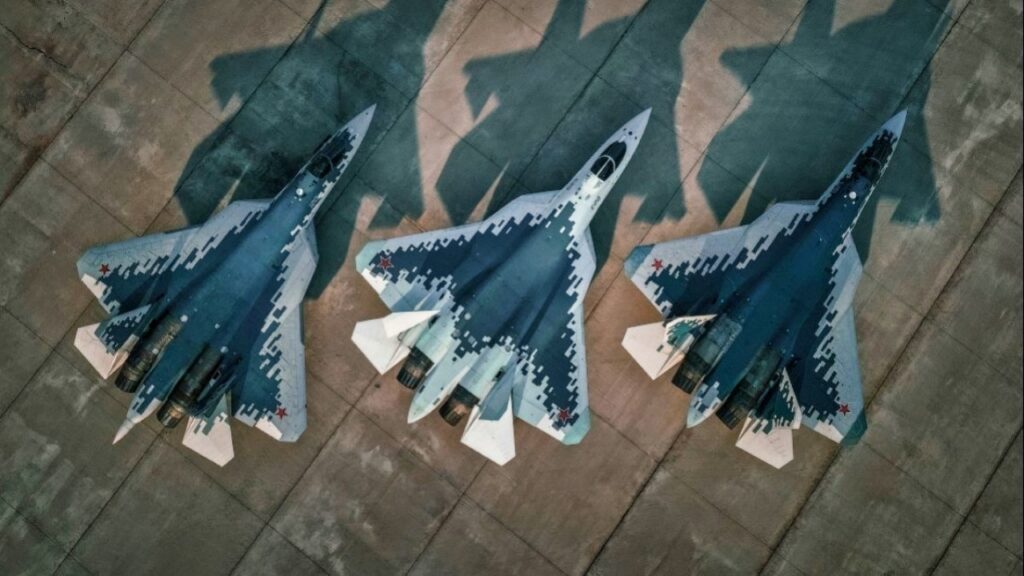
Russia’s Su-57 Felon will never be the F-35 fighter
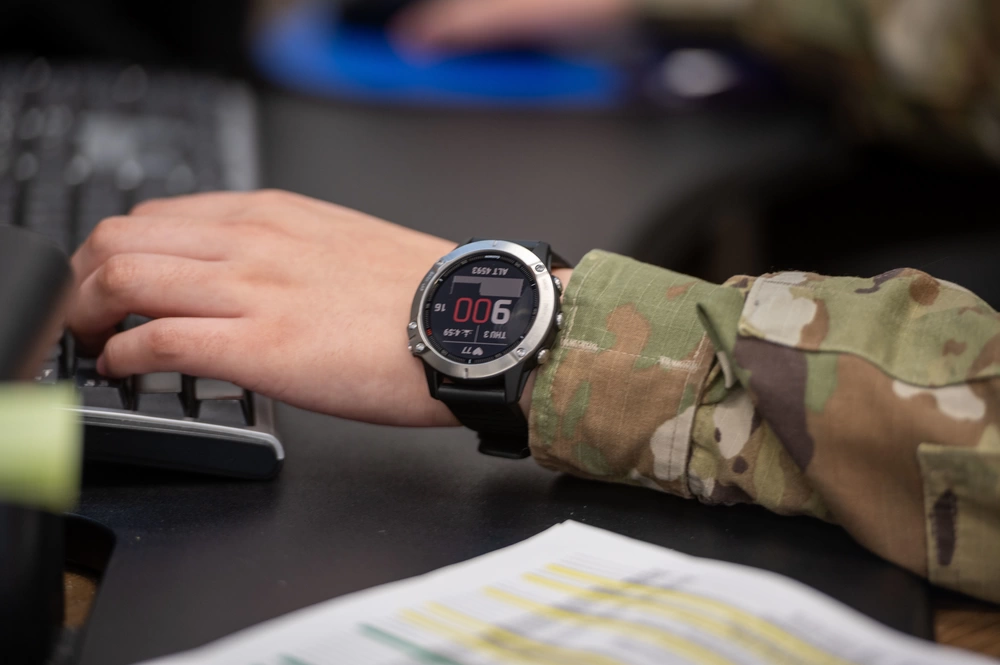
Does it make sense to invest in a fitness watch?
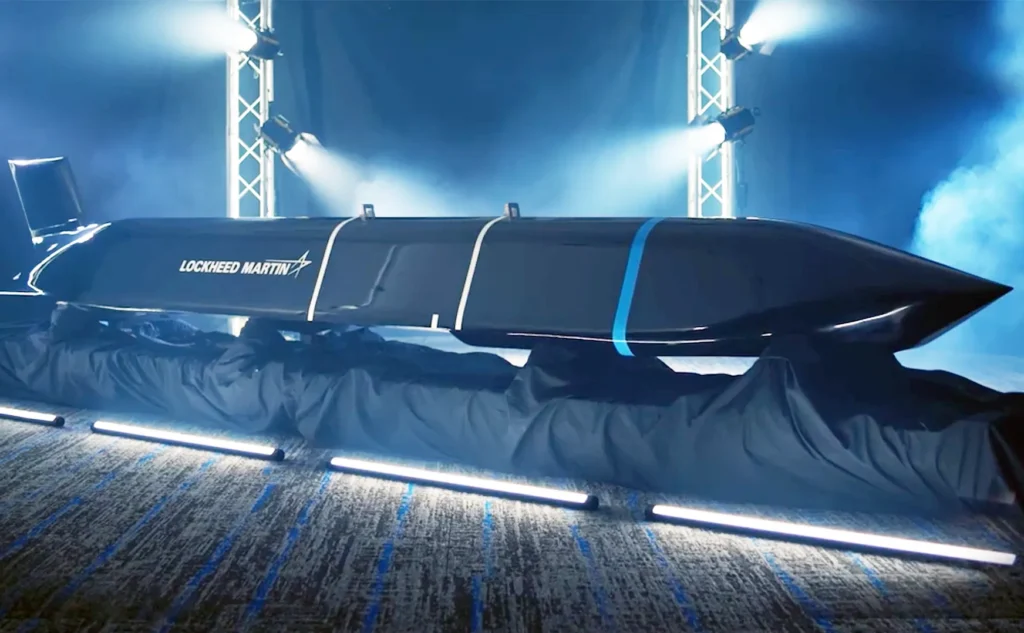
Video: 4 new weapons the US is developing in 2025
Sandboxx News
-

‘Sandboxx News’ Trucker Cap
$27.00 Select options This product has multiple variants. The options may be chosen on the product page -

‘AirPower’ Classic Hoodie
$46.00 – $48.00 Select options This product has multiple variants. The options may be chosen on the product page -

‘AirPower’ Golf Rope Hat
$31.00 Select options This product has multiple variants. The options may be chosen on the product page -

‘Sandboxx News’ Dad Hat
$27.00 Select options This product has multiple variants. The options may be chosen on the product page
